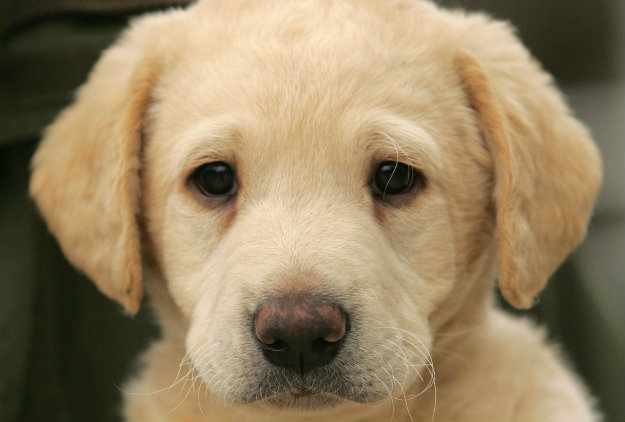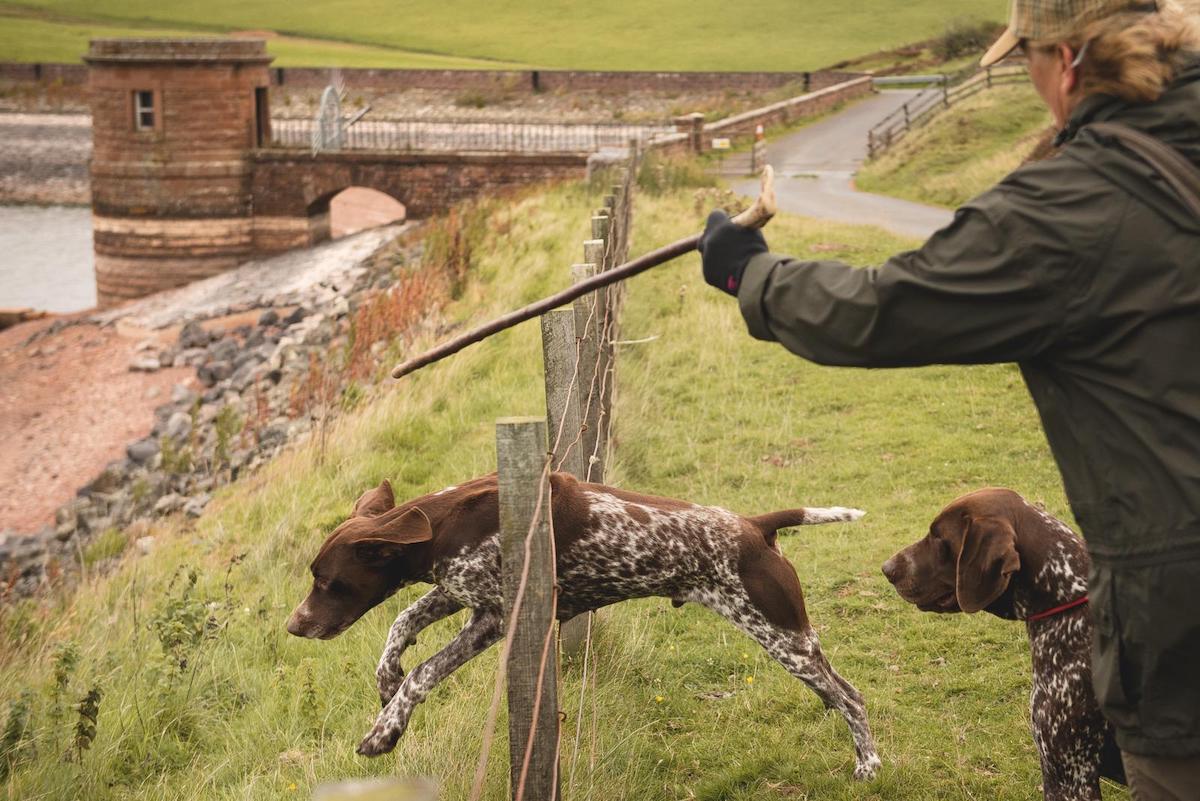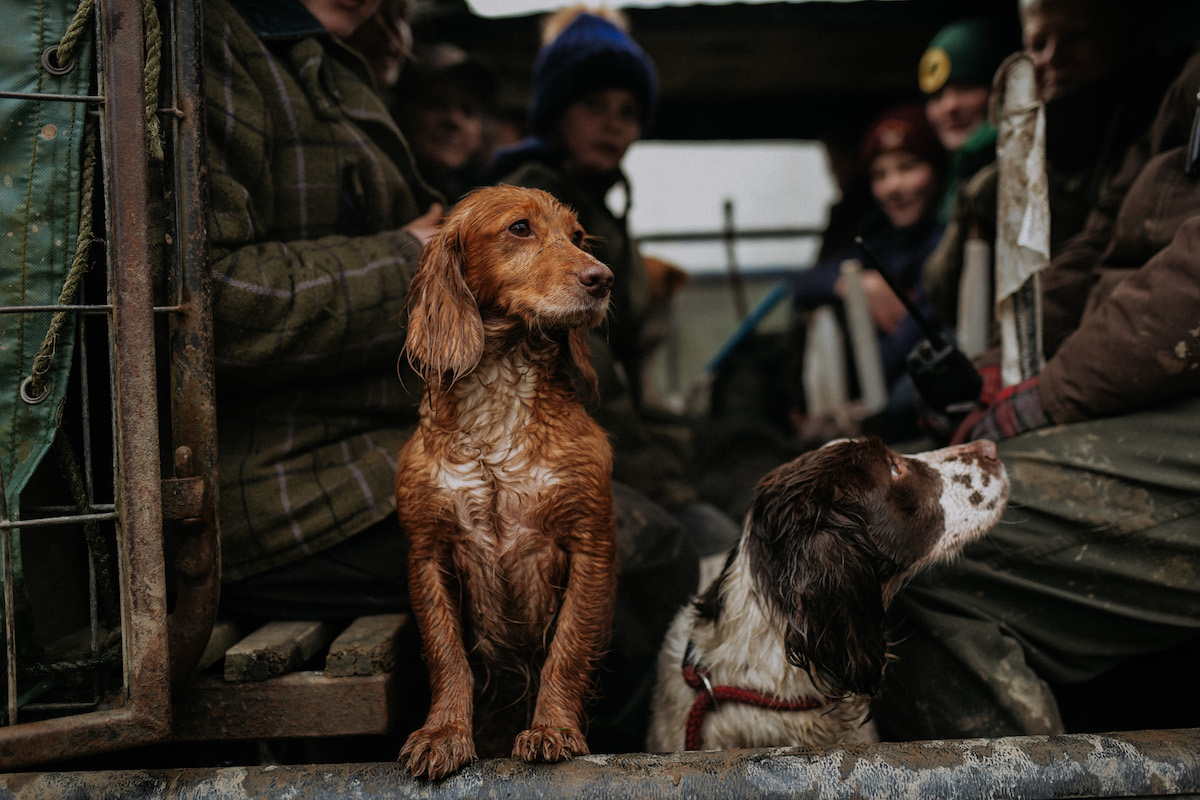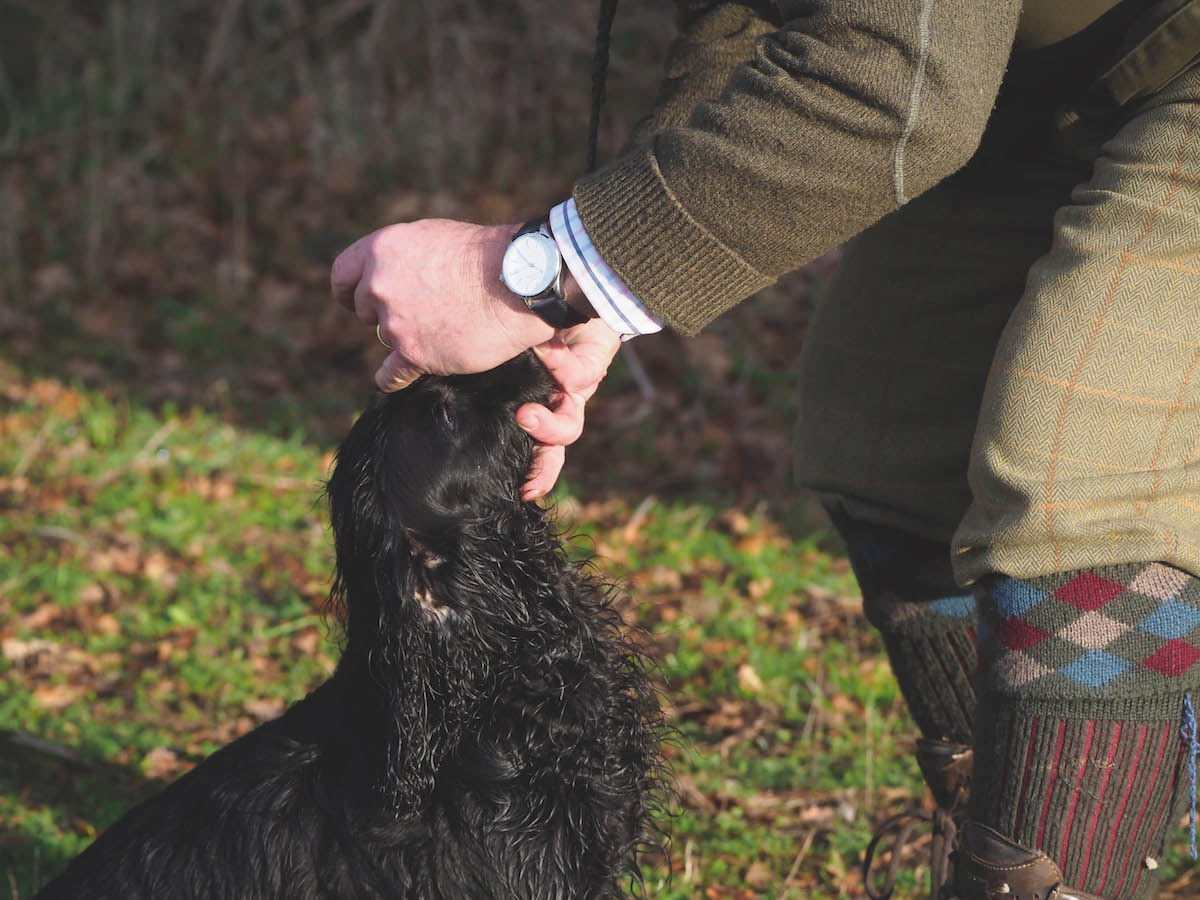How to keep dogs safe from car collisions
“Road traffic accidents” rank high on the lists of cause of death for working gundogs. So what can be done to reduce the risks, asks David Tomlinson
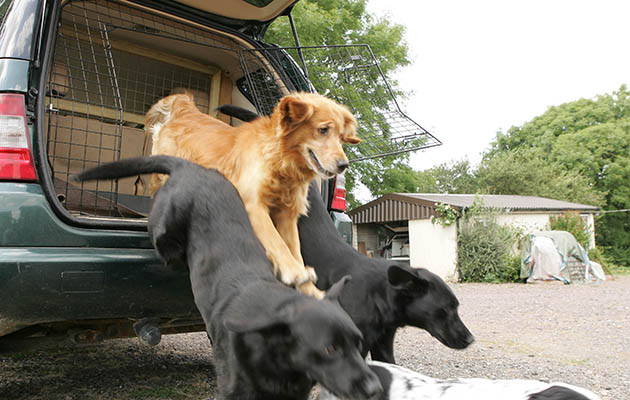
Most dogs love cars. Travelling in the car is usually a precursor to something more exciting, such as going for a walk or perhaps a shooting expedition. I don’t think dogs experience disappointment in the same way that we do, but it’s not difficult to detect a dog’s crestfallen look when it discovers that it has arrived in the vet’s car park, rather than the shoot. It’s also remarkable how quickly a dog realises where it is: vet car park recognition is usually instantaneous.
At number 10 in the list of causes of death
Dogs do, of course, have an uneasy relationship with cars, as collisions with cars kill an awful lot of dogs every year. The Kennel Club’s 2014 Pedigree Breed Health Survey, noted causes of death for the breeds surveyed. What the survey describes as “road traffic accident” is still a major killer of pedigree dogs. In the case of the Labrador, it ranks at number 10 in the list of causes of death, just below lymphoma and just above liver failure. With the German shorthaired pointer it was also at number 10, while with the English springer it was in a still- significant 20th position. For the cocker spaniel it was at number six.
You could write an article about which breeds are more susceptible to being run over than others, but I’m not going to do so here. What is obvious is that losing a dog that has been hit by a car is heart-breaking for all concerned. The term “road traffic accident” is misleading, too, for I know that every year there are a number of accidents with dogs and vehicles on shoots, often a long way from public roads.

Stopping a dog as it returns with its retrieve can be difficult and is a risk if there are moving vehicles
Problem for picking-up dogs
It’s a particular problem for picking-up dogs, as they are working after the drive has finished, which is usually a busy time with 4x4s moving about, and often quad bikes ferrying birds to the gamecart. For a handler working more than one dog it can be difficult to know exactly where each one is, while few of us ever teach our dogs to stop when bringing back a bird to hand. There can be few worse experiences than being unable to stop a dog that is clearly running on a collision course.
Insurance for gundogs – is it a price worth paying?
Gundog insurance: Is buying gundog insurance for your lab or spaniel a necessary evil or a costly mistake?
Expensive working dog insurance for my puppy? Yes or no?
I am about to buy an eight-week old gundog puppy and have been wondering whether I should take out insurance…
Should everyone be covered by shooting insurance?
I run a small syndicate shoot where members can bring a friend each time we shoot. I think it only…
Being able to stop your dog at any time, anywhere, makes it much less vulnerable to being run over. Similarly, a steady dog is much less likely to run across a busy road, or track, than one that’s not.
However, it’s the shoot captain’s responsibility to make sure that cars driven off-road on shoot days are always driven slowly and sensibly, and the drivers are reminded of the possibility of dogs working around them. I recall one shoot where I watched two Guns have a drag race in their Range Rovers up the side of a field. No dogs were at risk, but it was inexcusably stupid behaviour.

Crates or cages in vehicles will protect your dog and make it less likely that it will try to make a bid for freedom
Keep dogs safe from car collisions
Some shoots ask for trouble. I used to pick-up on a 10,000-acre estate where one of the long-established drives bordered a busy road. I’m sure that this drive probably hadn’t changed much in 100 years. However, what was once a quiet lane connecting one small village with another had evolved into something quite different, and holding a drive alongside it was both daft and dangerous. There was the significant risk of shot birds landing on, or in front of, passing vehicles, while none of the pickers-up would risk handling their dogs close to this road.
On another occasion, my wife was picking-up on a large partridge shoot on the last day of the season. To provide the Guns with something different, all the drives were pushed the opposite way round to usual. It seemed to have escaped the shoot captain’s attention that this meant that one drive was over the busiest dual-carriageway in Cambridgeshire, the A11. Not surprisingly, the pickers-up refused to work their dogs, making the drive pointless.
Dogs travelling in cars
Dogs travelling in cars are also vulnerable. Some years ago a shooting friend of mine was travelling on the M6 when he was hit from behind and shunted into the central reservation. In the ensuing mayhem, his terrified terrier escaped from his car and ran off down the carriageway. Miraculously, another motorist rescued it, and it was eventually returned safe and sound.
Ensuring that your dog, or dogs, are safely restrained when they travel in your vehicle is sensible, and is one of the many plus points for dog crates or transit boxes. Crash-testing of car crates is now becoming much more common, with the pace set by a Swedish company, Mim Construction AB, that makes the excellent though expensive Variocage. One of the other great advantages of a crate or cage in your vehicle is that there’s no risk of the dog escaping as the tailgate is opened. We’ve all seen dogs make a dash for freedom as soon as the door is ajar.
Lastly, getting big old dogs into a car can be a struggle. I was amused recently to see a golden retriever taking the steps to climb into the back of his owner’s car. For a more compact alternative, look at the American-made Pet Loader.


